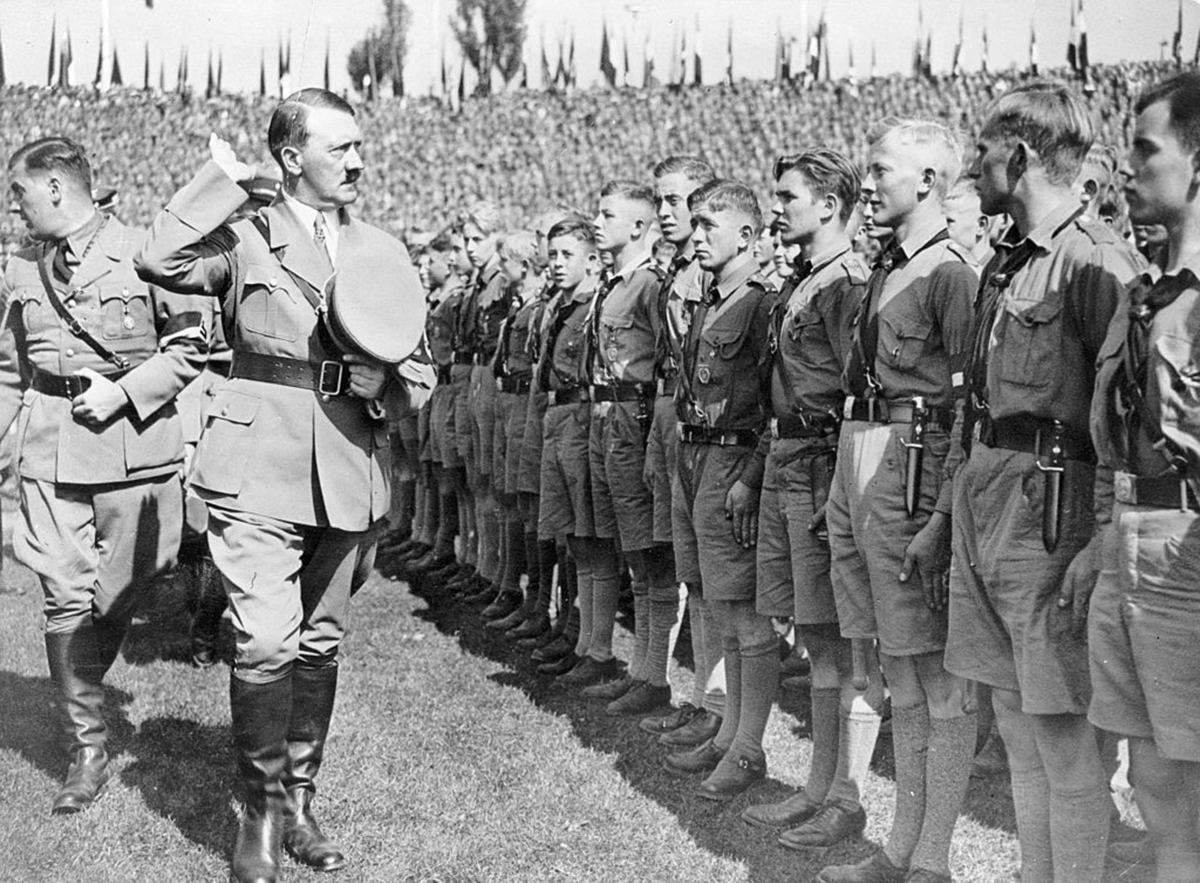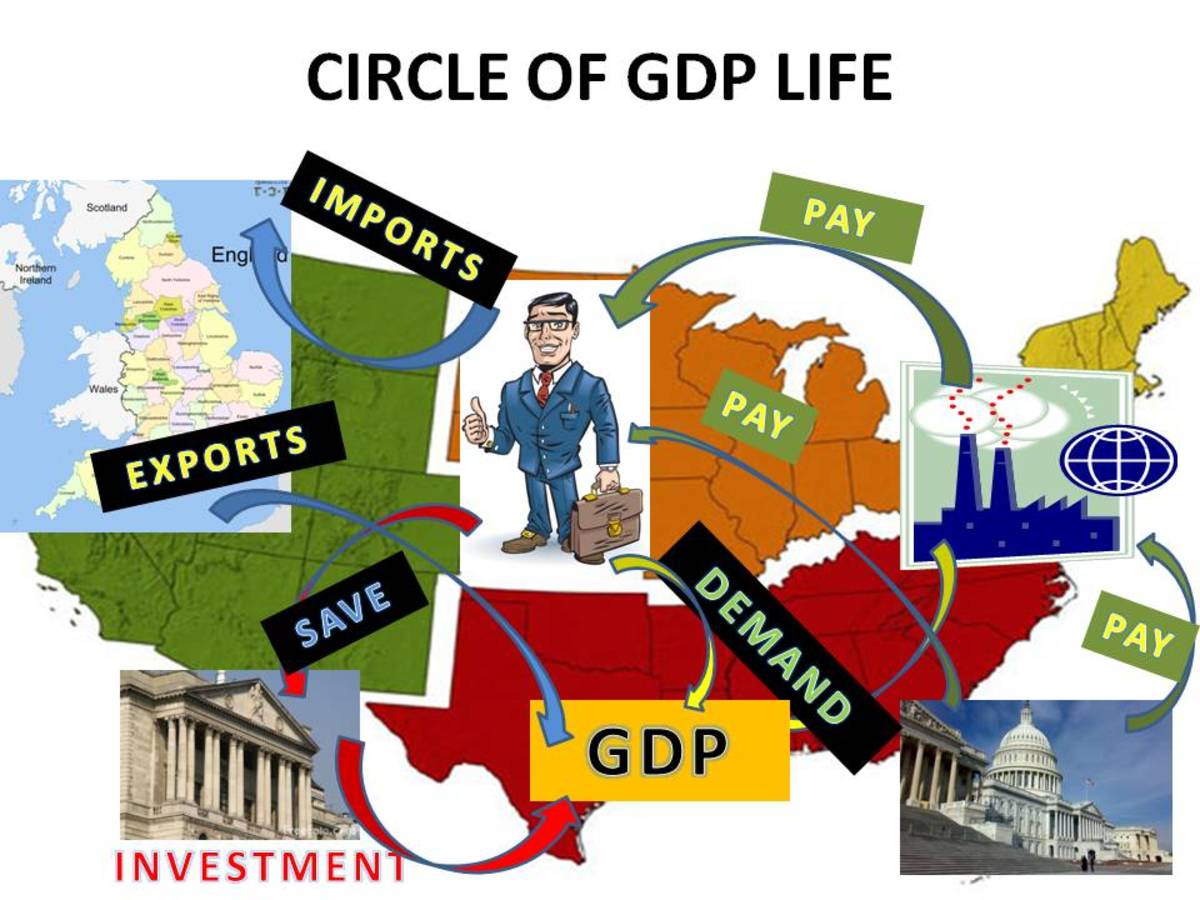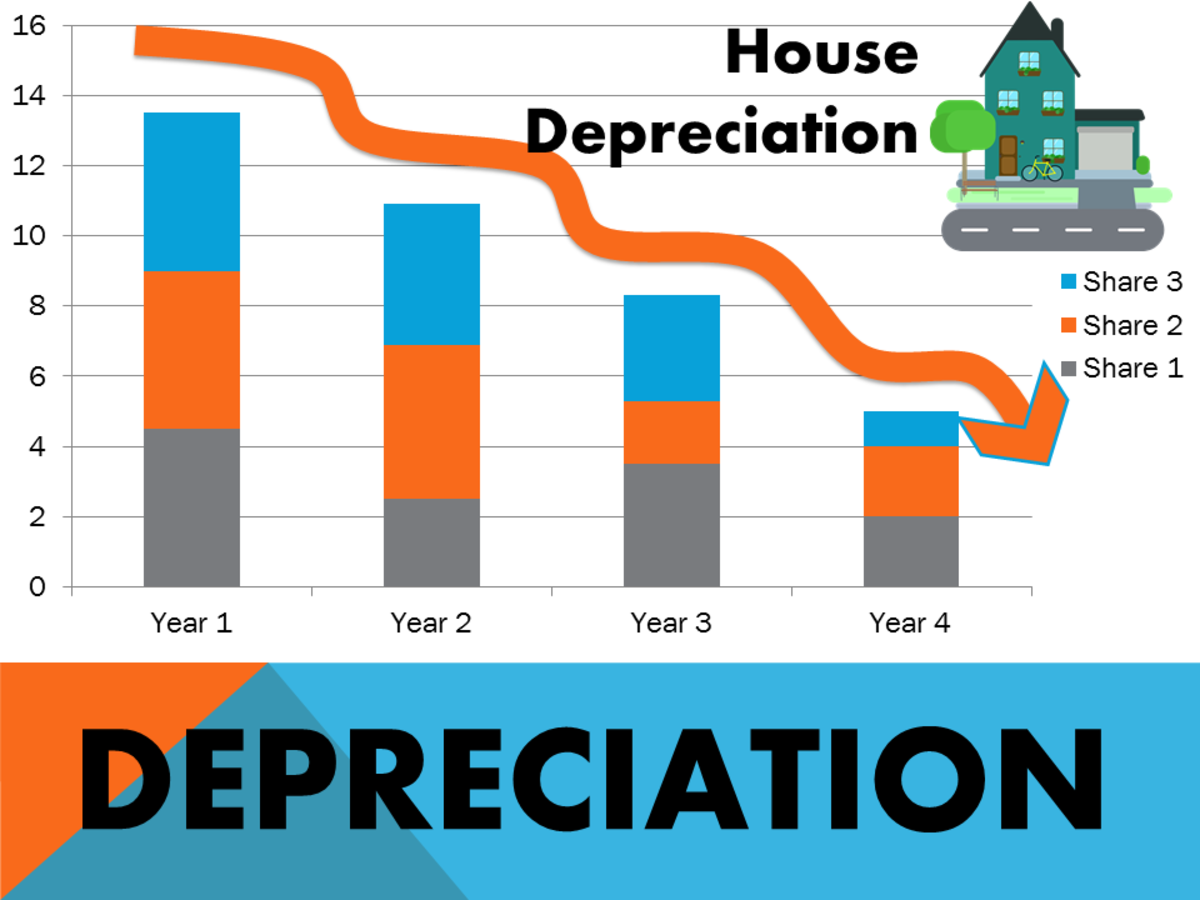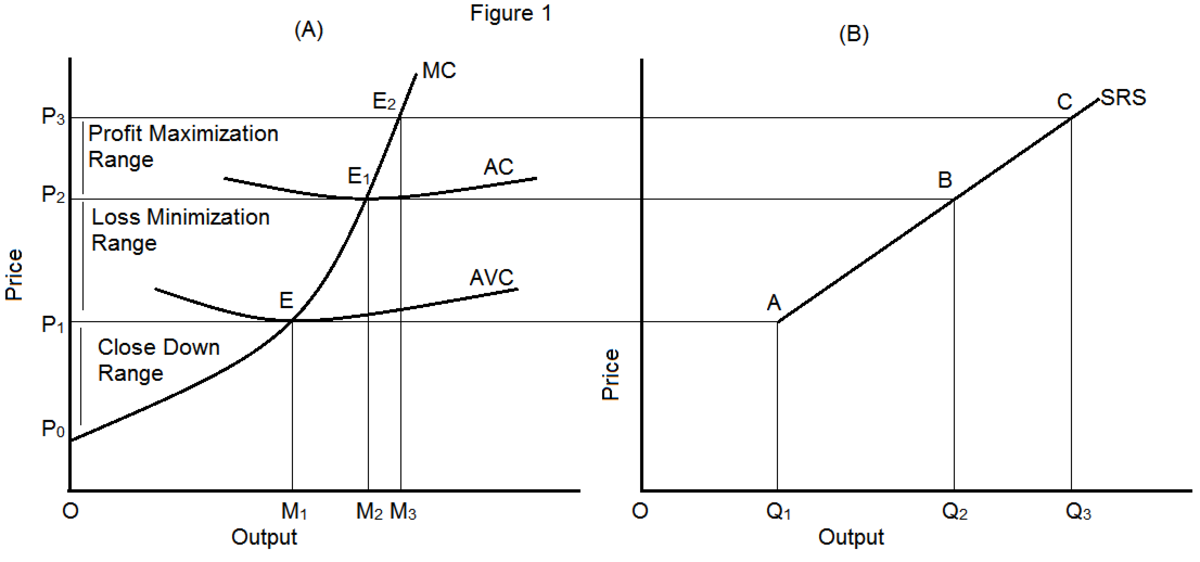MANPOWER AND ITS SALIENT FEATURES
Meaning of manpower
Manpower means the labor force. As we know the whole of the population of a country cannot represent its labor force. Therefore labor force is only that portion of a population which participates in some economic activity. Based on this definition, the employed labor force in Pakistan is estimated at 46.94 million persons. Of this, 23.7 million is in rural areas and 10.78 million in the urban areas. In rural areas the labor force participation rate is higher due to the life pattern and the nature of agricultural activity in which family members participate along with hired labor force. The female population participation rate is lower than the male participation rate owing to unfavorable socio economic conditions for female labor force and non availability of suitable job opportunities.
Employed Labour Force By Sectors
The workers participate in various occupations. These occupations are classified into there categories (1) Primary (2) Secondary and (3) Tertiary
(1) Primary occupations. The primary sector comprises of all such occupations in which the role of nature is primary i.e. agriculture, animal husbandry, fishery, forestry and mining. In Pakistan agricultural sector continues to be the major employment generating sector. It absorbs 50.0% of the entire labour force.
(2) The secondary sector includes occupations which seek to transforms raw material into semi and finished products such as mining, quarrying, manufacturing industry etc. This sector generates 10.12% employment opportunities for labour force.
(3) Tertiary sector. It includes all occupations which are concerned with the production of services such as transport, banking trade insures administration and professions. This sector absorbs about 33% of the labour force. The sartorial distribution of employed labor force is given below.
Characteristics of manpower
The employment of labour force by sector reveals that agriculture sector still continues to be the major employment generating sector. Whereas in advanced countries of the world, a large proportion of working population is found engaged in manufacturing, trade and economic.
(2) The ratio of working population to total population is about 48% which means that about 52% persons are depending for their livelihood on the working people. The dependency ratio is very high.
(3) The women's participation in labor force 14% which is also very low.
(4) The large percentage of population (44%) is dependent on agriculture which indicates the large scale disused unemployment in this sector.
(5) With the rapid rise in population, the job opportunities are not increasing at the same rate. This has led to low per capital income and prevalence of wide spread poverty.







